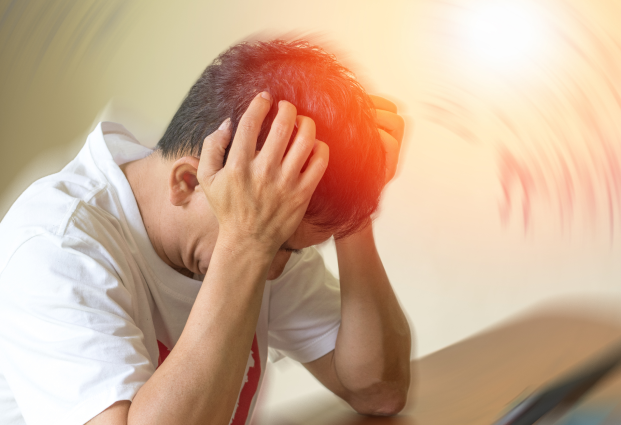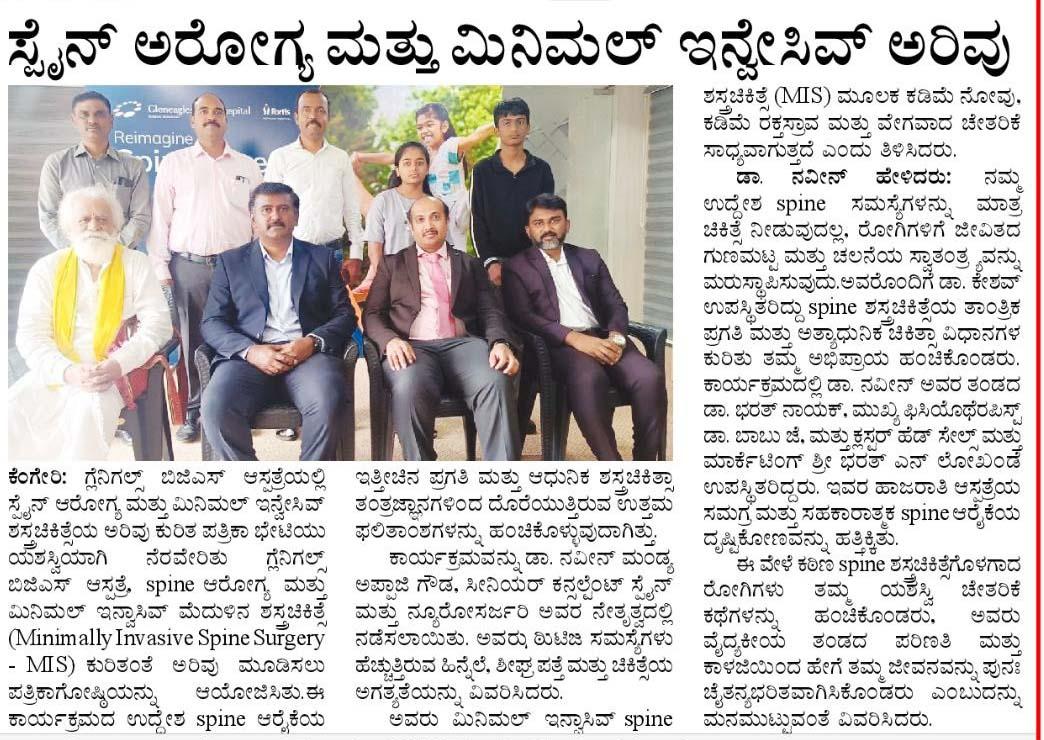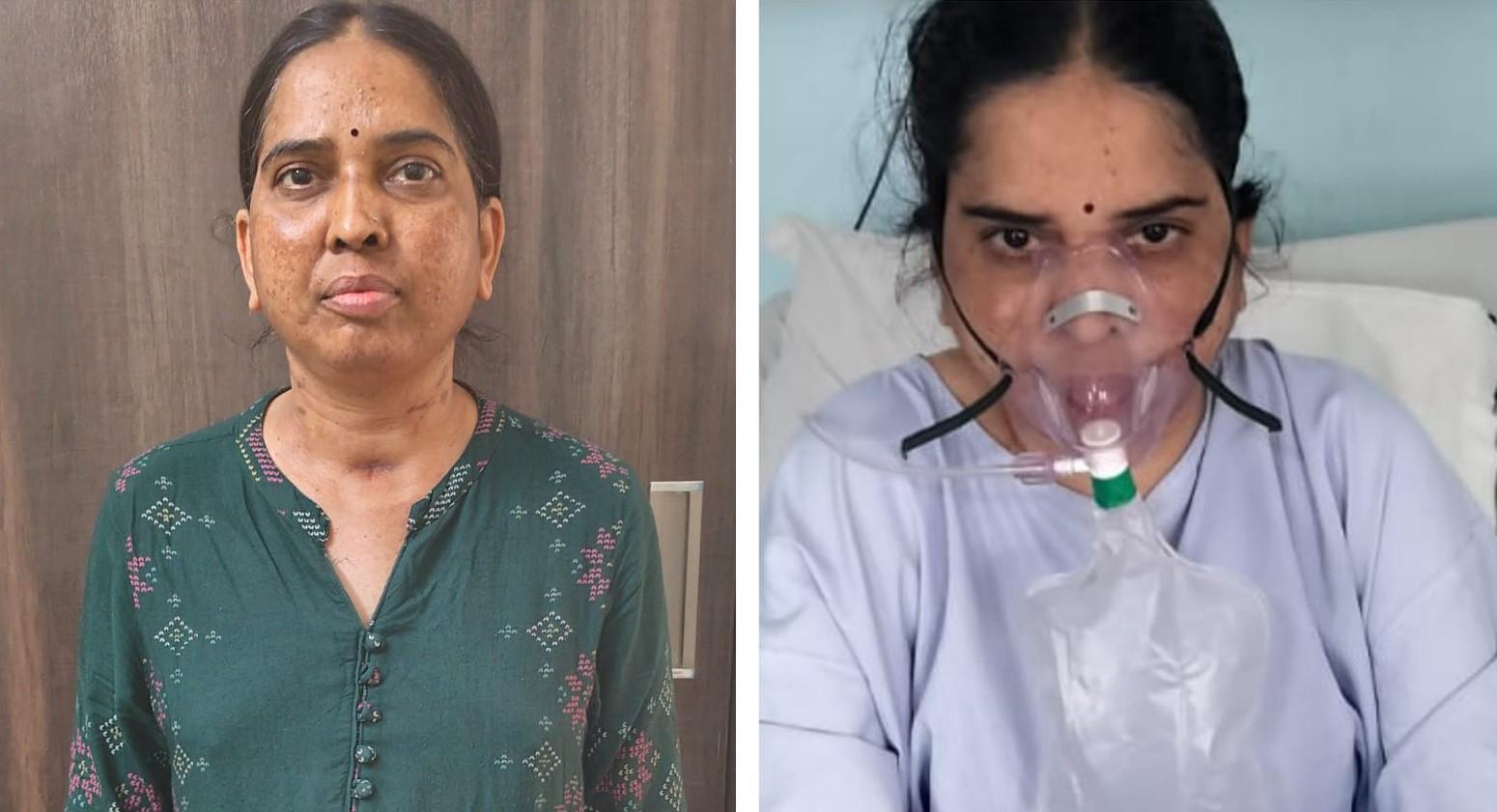Symptoms:
- Sudden numbness or weakness in the face, arm, or leg, especially on one side
- Speech difficulties
- Confusion
- Trouble walking
- Severe headache
- Vision disturbances
- Recognizing symptoms promptly is crucial for seeking immediate medical attention.
Causes:
- Ischemic stroke: Blood clot blocking an artery
- Hemorrhagic stroke: Rupture of a blood vessel
Risk factors contributing to stroke:
- High blood pressure
- Smoking
- Diabetes
- Obesity
- Cardiovascular diseases
- Age, family history, and certain medical conditions further increase susceptibility.
Act Fast:
"Act FAST" acronym emphasizes urgency in responding to a potential stroke:
- F - Face drooping: Is one side of the face drooping or numb?
- A - Arm weakness: Is one arm weak or numb?
- S - Speech difficulty: Is speech slurred or hard to understand?
- T - Time to call emergency services: Call for emergency medical assistance immediately if any of these symptoms are observed.
Treatment:
- Immediate medical intervention is vital for stroke management.
- Ischemic stroke:
- Thrombolytic medications may be administered to dissolve blood clots and restore blood flow.
- Hemorrhagic stroke:
- Surgical procedures may be necessary to control bleeding and alleviate pressure on the brain.
- Post-stroke rehabilitation, including physical and speech therapy, aims to restore function and improve quality of life.
- Prevention strategies involve addressing risk factors through lifestyle modifications, medication adherence, and ongoing medical management.
- Regular medical check-ups and public awareness campaigns contribute to early detection and intervention, emphasizing the significance of a comprehensive approach to stroke care.
Stroke, a sudden disruption of blood supply to the brain, is a critical medical emergency that can have profound and often lasting consequences. This condition occurs when a blood vessel carrying oxygen and nutrients to the brain is either blocked by a clot (ischemic stroke) or ruptures (hemorrhagic stroke). The lack of blood flow results in brain cell damage, leading to a range of neurological symptoms.
Symptoms:
Parkinson's disease characterized by a range of motor and non-motor symptoms:
Motor Symptoms:
- Tremors
- Bradykinesia (slowness of movement)
- Rigidity
- Postural instability
Non-Motor Symptoms:
- Changes in mood
- Sleep disturbances
- Cognitive issues (difficulties with memory and concentration)
- Symptoms develop gradually and vary in severity among individuals.
Causes:
- Exact cause of Parkinson's disease unknown; believed to result from a combination of genetic and environmental factors.
- Mutations in specific genes increase the risk of developing the condition.
- Environmental factors, such as exposure to certain toxins, may play a role.
- Hallmark characteristic: Degeneration of dopamine-producing neurons in the substantia nigra, leading to the disruption of normal motor function.
Treatment:
Medications include:
- Levodopa
- Dopamine agonists
- MAO-B inhibitors, helping alleviate motor symptoms by increasing dopamine levels or mimicking its effects.
Physical therapy and regular exercise essential for:
- Promoting flexibility
- Enhancing strength
- Improving balance
- Surgical interventions like Deep Brain Stimulation (DBS) considered in advanced cases to alleviate symptoms.
- Supportive therapies, including speech therapy and occupational therapy, address non-motor symptoms and enhance overall well-being.
- Ongoing research explores new therapeutic approaches and potential disease-modifying treatments for Parkinson's.
Parkinson's disease is a progressive neurological disorder that affects movement and is characterized by a decline in the production of dopamine, a neurotransmitter crucial for coordinating smooth muscle movements. Commonly associated with tremors, stiffness, and difficulty with balance and coordination, Parkinson's disease develops gradually over time. While the exact cause remains unclear, a combination of genetic and environmental factors is thought to contribute to its onset.
Symptoms:
Early Signs:
- Memory loss
- Difficulty in problem-solving
- Confusion about time or place
Advanced Stages:
- Challenges in communication
- Changes in personality
- Decline in the ability to perform routine tasks
- Behavioral and mood changes (e.g., anxiety, aggression)
Causes:
- Genetic mutations, particularly in familial cases
- Environmental factors (e.g., head injuries, cardiovascular conditions)
- Accumulation of abnormal proteins (beta-amyloid plaques and tau tangles) in the brain, leading to neuronal damage and cognitive decline
Treatment:
- Medications like cholinesterase inhibitors and memantine to alleviate cognitive symptoms
- Supportive care, including cognitive and behavioral therapies, to help individuals and families cope
- Lifestyle modifications:
- Healthy diet
- Regular exercise
- Social engagement
- Ongoing research seeks disease-modifying therapies to slow or halt progression.
- Early diagnosis and personalized care plans crucial for optimizing treatment effectiveness.
Alzheimer's disease, a progressive and irreversible neurological disorder, is the most common form of dementia. It primarily affects cognitive functions, such as memory, thinking, and behavior, gradually leading to a decline in an individual's ability to carry out daily activities. Characterized by the accumulation of abnormal protein deposits in the brain, including beta-amyloid plaques and tau tangles, Alzheimer's disrupts communication between nerve cells, causing their gradual deterioration.






























